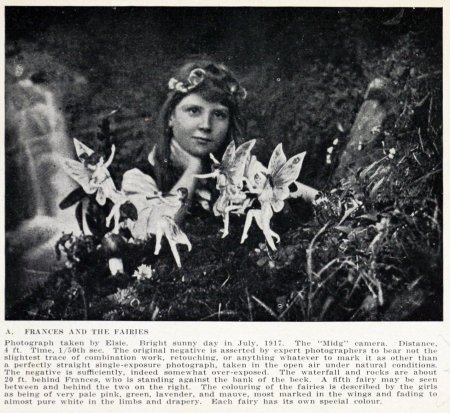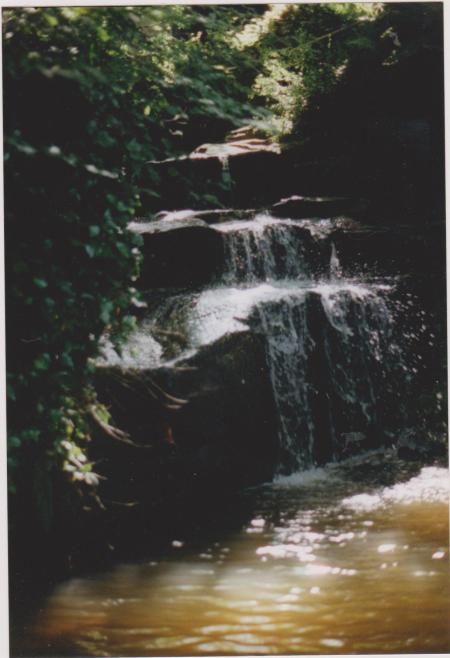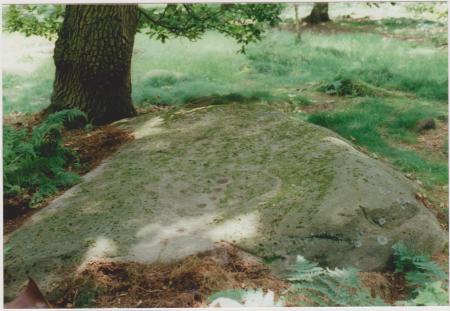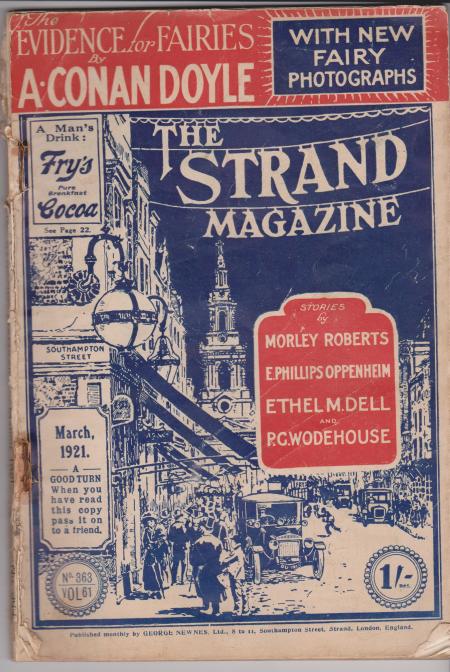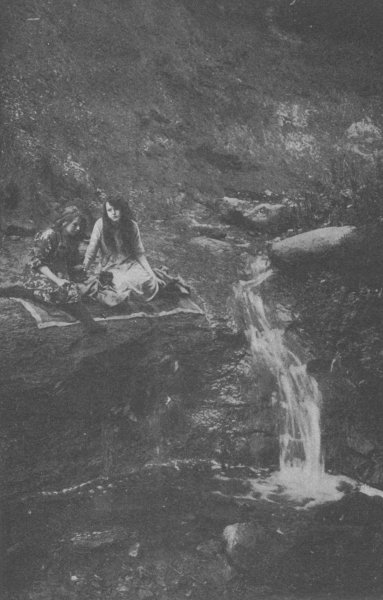About fifteen-or-so years ago I was working on a dissertation, called Away With the Fairies: Rock Art and Psychic Geography in West Yorkshire [now available here]. It focused on Neolithic/Bronze Age rock carvings found on the Yorkshire Moors, and I placed them in the context of the process of enclosure in early modern Britain – when common land was turned over to private ownership – and the transgressive dimensions of local fairylore and witchcraft. I remarked on parallels with archaeological interpretations which proposed a similar process of enclosure between the Neolithic and Bronze Age, and I further argued that the enclosure of the commons in the early modern period accompanied ‘the enclosure of consciousness’, a characteristic of the scientific rationality which informs the discipline of archaeology, requiring the exclusion of a whole ‘secret commonwealth’ of experience not amenable to the ‘single vision’ of objective analysis.
As part of the fieldwork, I spent a week in Ilkley, joined by my esteemed colleague, Robert J Wallis, looking at the rock art on Ilkley Moor, as well as visiting places like Snowden Carr, Pendle Hill and Cottingley, the latter place famous for the photographs of fairies, taken by the cousins, Frances Griffiths and Elsie Wright in 1917. A famous image, published in the issue of The Strand Magazine of December 1920, with a commentary by Arthur Conan Doyle, is reproduced here.
One day, we visited Cottingley Beck, the location of Frances and Elsie’s encounters with fairies and their photographing of them. As we approached, we met two young girls also heading for the Beck, as if following the footsteps of Frances and Elsie in 1917. They were armed with a toy plastic bucket and a child’s fishing net. When we asked if they were looking for fairies, the girls replied, matter-of-factly, “No, frogs.” I made sure I took a picture of the waterfall, but no fairies made themselves known.
The same day, me and Robert searched up in Cottingley Woods for a stone carved with prehistoric ‘cup-and-ring’ motifs, named by local researcher, Paul Bennett, ‘The Faerie Stone’, although it had no direct connection with Frances and Elsie, as it was just over a mile away, amidst deciduous woodland on an escarpment overlooking the Aire valley. It had been our understanding that, hitherto, it had not been formally recorded, other than being photographed.
We found the kidney-shaped boulder, carved with the kind of motifs familiar from our encounters with carved stones in the more exposed contexts of places like Ilkley Moor and Snowden Carr, and unfurled the plastic sheet upon which we would trace the patterns formed by engraved lines and ground cupules – ‘the science bit’.
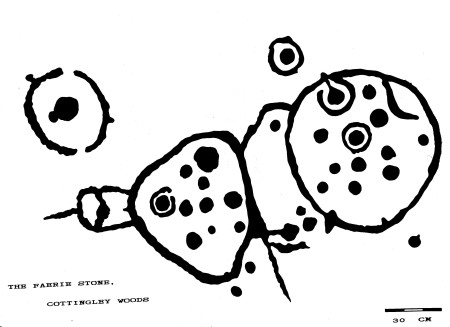
Carved motifs on The Faerie Stone. Tracing by Simon Crook and Robert J Wallis, adapted for reproduction by Thomas A Dowson (1998).
There are some nice pictures of the Faerie/Fairy Stone here and a more detailed discussion of it, with additional illustrations, here.
‘The overcoming of private property means… the complete emancipation of all human senses and aptitudes’
Back in Southampton, it wouldn’t have been more than a few weeks later – if that – when I was writing up the material, at the time that my wife, collecting our two youngest boys from school, decided to take them for a little play at the swings and slides between the Merry Oak and Itchen estates, in the corner of a large playing field known as the Veracity Ground. In Away With the Fairies I write that ‘the case of the Cottingley Fairies’ encapsulates the conflict between two modes of ‘knowing’. Frances Wright maintained, to the end of her days, that “There were fairies at Cottingley”, but both she and Elsie acknowledged that the first picture was staged, with stiff paper cut-outs and hatpins. It was as if the cousins felt compelled to manufacture the proof of their ‘irrational’ visions of fairies, to conform to the standards of scientific objectivity, in order to convince people of the veracity of what they saw. As my wife approached the playground, she saw a magazine on a bench. Fearing it was a discarded pornographic magazine, she raced ahead to retrieve it before the boys saw it. She was astonished to find that it was a copy of The Strand Magazine from March 1921, ‘with new fairy photographs’ and an article by A. Conan Doyle, ‘The Evidence for Fairies’… We remain astonished, to this day.
ADDENDUM
I’ve found a wonderful ebook version of Conan Doyle’s The Coming of the Fairies (1922), with many pictures. Here http://ebooks.adelaide.edu.au/d/doyle/arthur_conan/fairies/complete.html
********************************************************************************************

